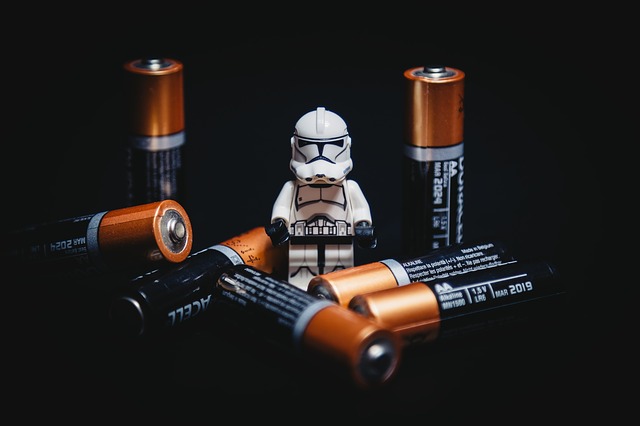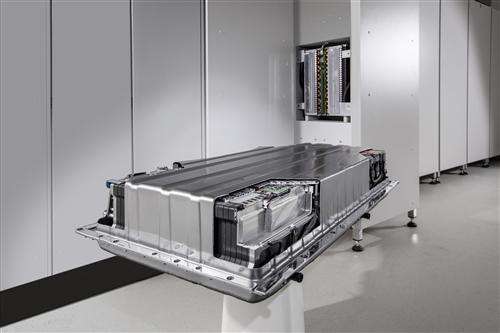Lipo Battery storage voltage
Aug 02, 2019 Pageview:1583
Lipo battery is short for Lithium polymer batteries. The voltage of a battery of this type is dependent on the type of cell arrangement particular the series type of cell arrangement. Multiple common voltage measurements exist including the charged, nominal and discharged. For a fully charged LiPo cell, the voltage is a clean 4.20V. If however, you charge this cell past that point, the result would be that the cell would get spoilt or rather, damaged.
Another voltage measurement is the nominal, a term that refers to the half-charged voltage in the sense that it exists at 3.70 V. At this point, it exists in the state between charged and discharged. Manufactures will always use this concept in describing the battery voltage when selling.
Finally, there is the discharged way of describing the measurement of voltage. The voltage for when it comes to a LiPo cell that is discharged measures up to 3.00V. When you try to discharge such a cell below this point, you will end up destroying that cell.
As such, there are multiple important considerations about LiPo. These include;
LiPos do not like full charge. They are least appropriate in less than 40%. In addition, low a storage voltage as well as too high will result into the battery being damaged. It is therefore important to constantly seek to find or check the battery on a monthly battery especially when you do not use them regularly. In storing the LiPos, it is important to put them in locations where they are fireproof completely. Such places include the likes of on the concrete in whichever storage places you have, in a metal or glass box where they are not close to wood or fabric. When it comes to long-term storage, it is critical that you always store them at room temperature and use a proper container. Storage is in fact most appropriate in temperature-controlled places that are also dry. That being said, it remains appropriate that you prioritize safety.
How much does LiPo battery storage voltage matter?
LiPo battery storage voltage matters a lot. This is because it determines whether that particular cell will get damaged or not. According to buyer reviews, most of the batteries that have been spoilt are due to the fact the owners or users forgot to set them at the stogie voltage by either charging them to the ideal voltage or discharging them to that particular point.
The voltage at 3.8V is therefore a very significant value in the life of a LiPo battery. For this reason, technology has seen to it that chargers have been designed specifically to this effect so much so that they will either charge or discharge the battery, depending on the prevailing charge level and in so doing, the battery will be at the appropriate mode for storage.
How to discharge a LiPo battery for storage
The most appropriate way to store a Lipo battery in preparation for storage is to use good quality of a balance charger so that it runs the storage mode, which is in-built in the charger. At this point, there is no need to worry whether the battery is empty or if there is some bit of voltage still present in the battery, or whether it is in fact full. Charging will be achieved or discharging will take place as needed and efficient storage voltage will prevail.
A guide to understanding Lipo battery storage voltage
LiPo batteries should not be stored at full charge. When it comes to the longest life of the cells, these batteries should be stored at room temperature at 3.8V per cell. In storage therefore, consider employing the modern computerized chargers, which have a LiPo storage function and will always charge or discharge the batteries. If they charge them, it will be up to the point where they have reached the ideal voltage. However, when they discharge them, it will be also to that voltage. This is done in respect to how much the level of the charge was initially.
After every run, it is important to put the LiPo battery to the storage mode for safe keeping. This will ensure it lasts long. In as much as this may not always be the only way out, it establishes a good culture.
Statistics have shown that many batteries that have died are due to following a session of charging with the intension to use the battery, they in some way were detracted from using it and opted to store it but then they forgot to set it at storage mode. It is important to note that for the Lithium Polymer batteries, storing them at any other voltage other than the storage mode will result into it being damaged.
Conclusion
Lipo batteries bear multiple power types that are all waiting to be released. The fact that as users, we desire to harness the most of that energy means that we have to ensure that we do not use the bad connectors. This is because poor connectors will always lead to a high level of resistance and when this happens, all that power will not be used in the best possible way. Worth mentioning is the means through which we can dispose the Lipo battery. Prior to disposing the battery, it is imperative to ensure that its warranty has expired, as there could be an option for you to have the battery replaced. The process of disposing however demands that you first discharge the LiPo battery to the least possible voltage followed by an immersion into salt water bath. This is then checking the voltage of that battery just to confirm. Finally, you can dispose it off in the trash because at this point, Lipo is not hazardous to the environment and can therefore be thrown off in the pit or as garbage is normally disposed as long as the standards of safety are upheld.
- Prev Article: Tell Me More About AA Li-Ion Rechargeable Batteries
- Next Article: Tell Me More about Mailing Lithium Batteries
Leave Message
Hottest Categories
-
Hottest Industry News
-
Latest Industry News











